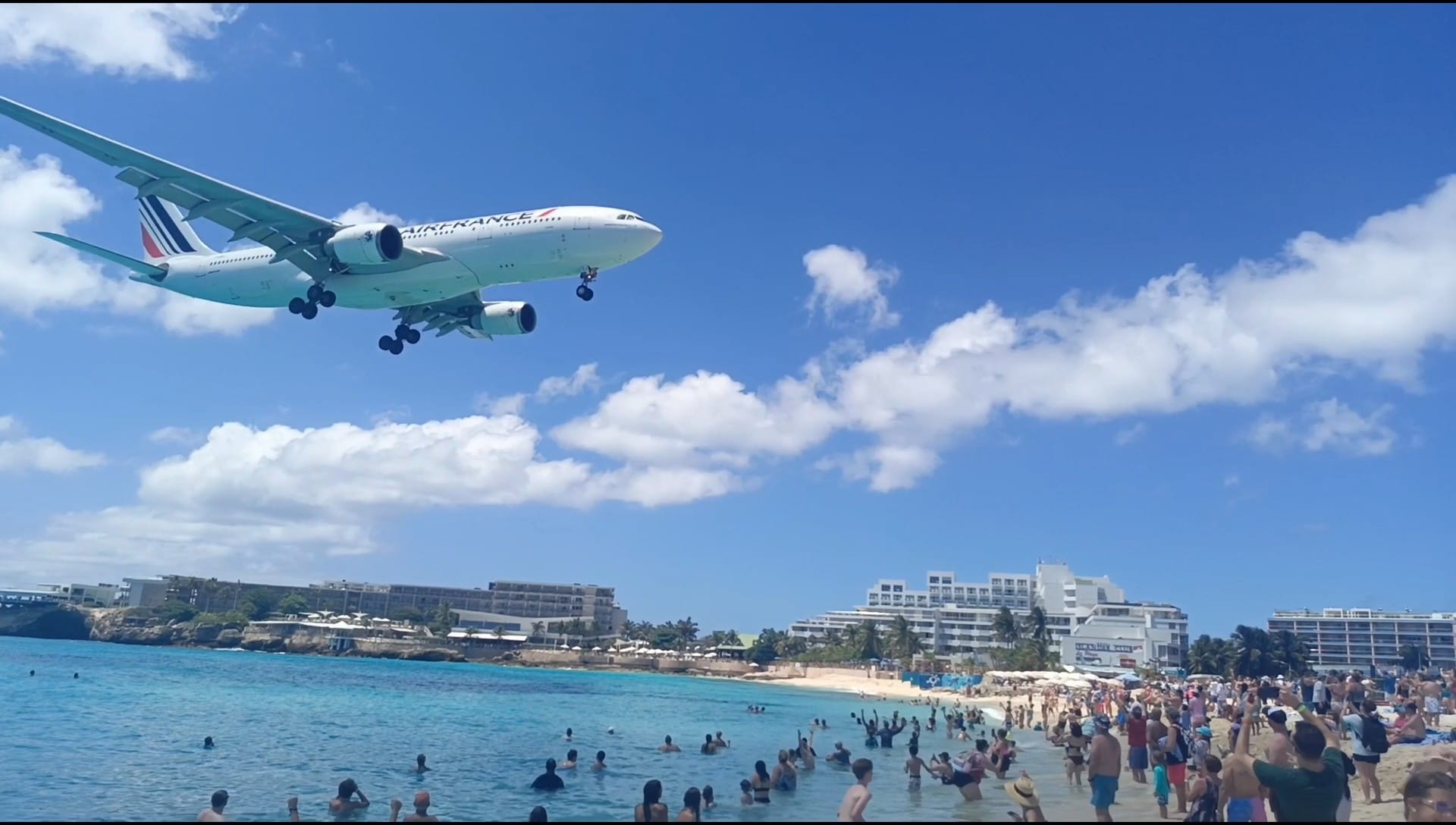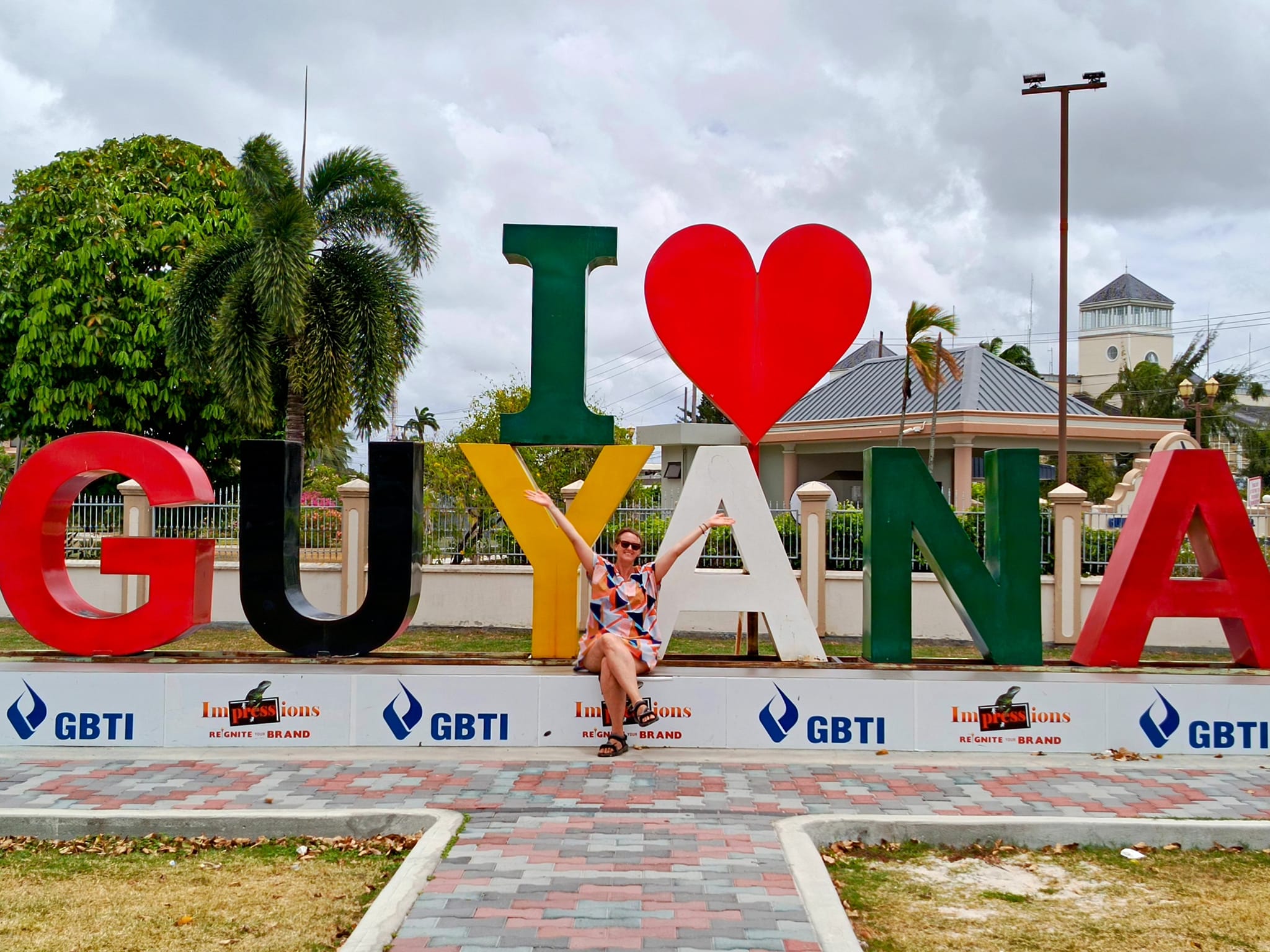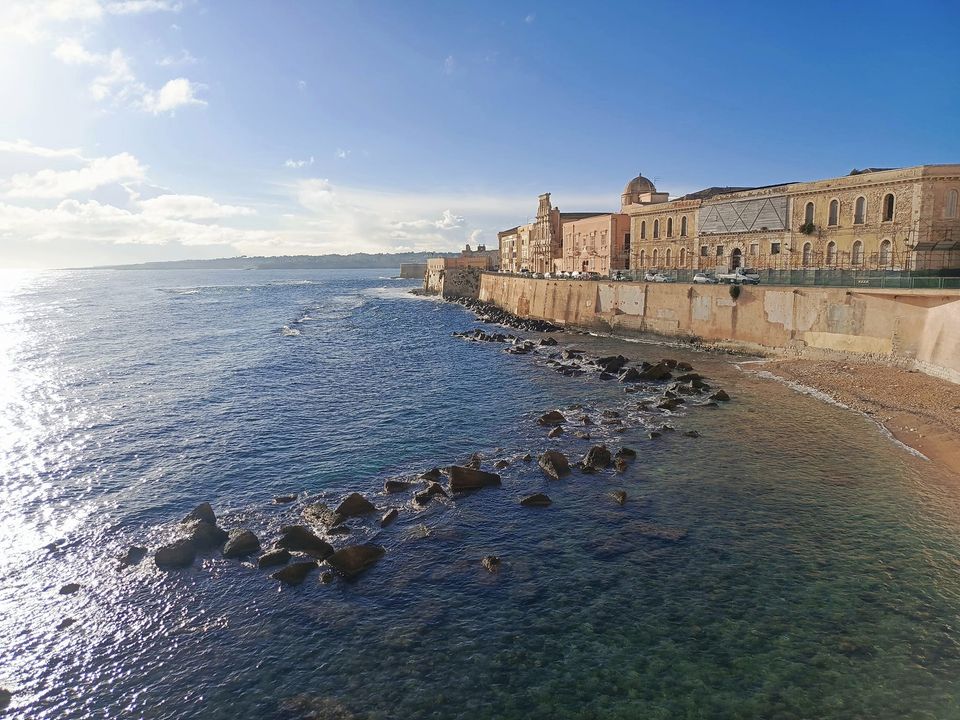One of the first questions people ask me when I tell them all of the places that I have traveled to is “how can you afford it?”. It doesn’t take a huge amount of imagination to guess that traveling long-term costs money. Yet, it doesn’t have to be unobtainable. In fact, if you are from the the US, Australia or Europe, chances are that staying at home actually costs you MORE money than being on the road. Yep, you read that right. You could actually spend less money traveling than you do living in your apartment.
Still not convinced that long-term traveling is in your future? Here is my step-by-step guide to keep more money in your bank account and get your bum on the road.
Step 1: Stop spending money on stupid crap. This should be a no-brainer but sadly, it isn’t. Little things like Starbucks in the morning, the most up-to-date mobile phone or a new purse/shoes/haircut all begin to add up really quickly. This doesn’t mean that you need to act like a pauper but it is important to ask yourself if you really, really need something. A good rule of thumb that I use is whether or not I want to carry it on my back for 18 months. That was how long I backpacked for with only a carry-on and I can assure you, even that began to feel like too much stuff. You will be shocked to see how little you can live with.
Step 2: Upcycle what you already have. Over the years, I have learnt that buying things like containers, toothbrush holders, etc is actually a bit of a waste and they are actually one of the hardest things to get rid of when you are moving countries. So instead of spending money on new things, I try and use what I have lying around. Take away container from dinner? Turn it into a bathroom caddy. Ribbons? Tada! You have just got yourself a fancy new belt.
Step 3: Try and find a job that you can do on the road. While teaching English online is one of the easiest (and surprisingly well paid) things that you can do, there are also opportunities for proofreading, editing, and transcription services. I recommend starting this while you are still at home and get an idea of how much money you can make. From there, it will help you get a better idea of what your budget is going to be.
Step 4: Research what countries are cheap to travel to. Every travel magazine, blog, etc in the world seems to have their own list of the “cheapest” countries to travel to. Also, don’t automatically discount a place because you have heard from your aunt’s brother’s sister’s cat that it is dangerous. Read about other people’s experiences and then use your best judgement. Let’s face it, everyone has a different level of street smarts. Just because someone got their stuff stolen doesn’t mean that you will. Some of the best regions of the world to travel on a budget include Southeast Asia, Latin America, and the Balkans. All of these areas have amazing things to offer.
Step 5: Do your research! Once you have figured out a budget and where you can afford to go (and no, don’t go to Iceland or Australia if you only have $1000 to spend on the total trip), start researching what options there are to save money. Can you take overnight trains or buses to save on accommodation? What about Couchsurfing? How are the hostels?
Step 6: Think outside the box. If you still think you are going to be short on cash, get creative. What options are there for work-aways? Can you volunteer at a hostel in exchange for free accommodation? What about looking into house-sitting? Also, don’t hesitate to reach out to your own network. They may know people in the area that you are traveling to that can host you. If not, they may be able to offer you some advice on the cheapest way to get from point A to point B.
Step 7: Think about how much you want it. This may be the most important step of all. It is where you sit back and think about what you are willing to do to make your dream a reality. I have heard over and over again people saying that “I would NEVER stay in a hostel” or “I would NEVER share a room with strangers”. Guess what? Those people have just delayed their chances of traveling long term. It is pretty easy to do the math. $10 for a dorm room or $40 for a single room…..what will allow your money to stretch farther?




